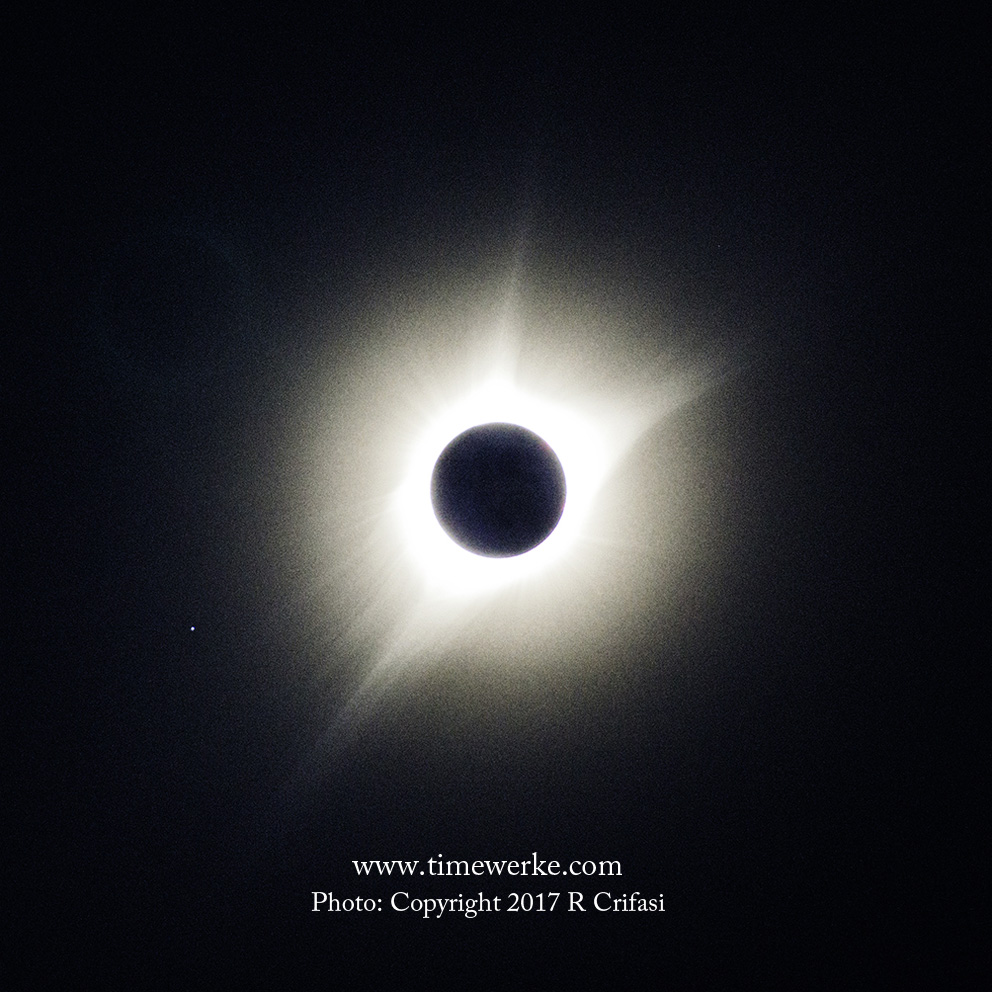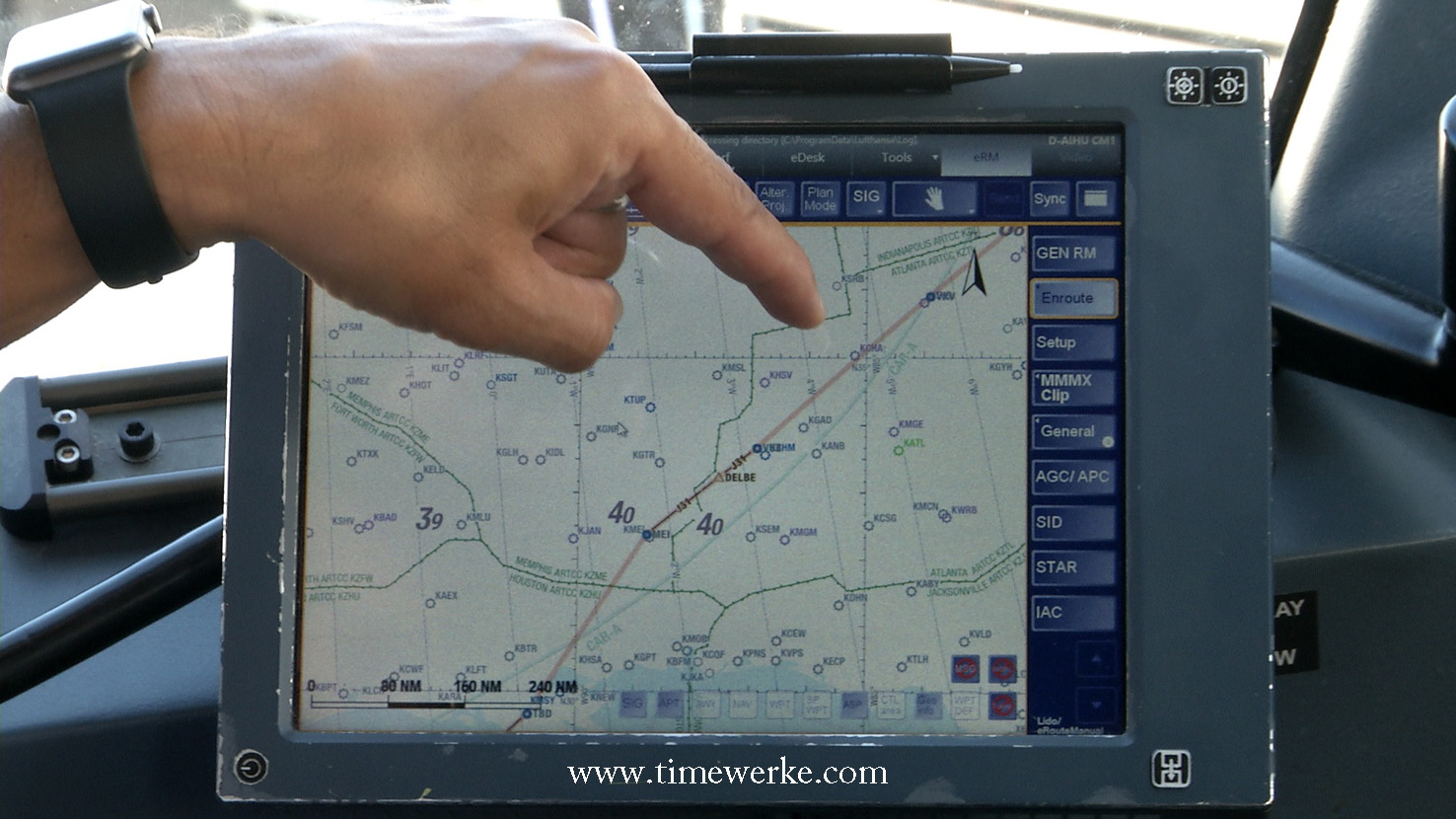
The total solar eclipse as seen sometime around midday in Wyoming on 21 August 2017. Photo taken by Robert Crifasi, American water resources expert and the author of the book, A Land Made From Water. The “dot” on the left, beside the Moon and Sun, is Mercury. Photo: © R Crifasi.
For those who were unable to view the total solar eclipse on 21 August 2017 and are wondering how it was actually like, well, what better way than to ask someone who was there and witnessed it first-hand?
Robert Crifasi, American water resources expert and author of the book, A Land Made From Water, and the gentleman who took that magnificent total solar eclipse shot above for the opening of this article, travelled from Boulder, Colorado with his wife and friends to central Wyoming. There they found a prime viewing site, a desolate butte an hour west of Casper to camp over the weekend and to experience the total solar eclipse the following Monday.
The city of Casper in central Wyoming is within the path of totality; in other words, people who were there were able to witness the total solar eclipse.
How was it like to experience the full solar eclipse at that spot along the path of totality?
“It was really amazing. A wall of night approached from the west and as totality descended, darkness surrounded us. We could see Mercury in the corona and Venus a bit further out. The corona was more magnificent than any photos you’ve seen.
“While the corona was shining, sunset colours surrounded us from every direction. It became instantly cold. Two-and-a-half minutes later, the darkness sped off to the east. For the next 20 minutes, it seemed like an accelerated sunrise,” says Crifasi.
We recommend watching this educational NASA video, “Solar Eclipse: Through the Eyes of NASA”, filmed at the time of the eclipse happening in Jefferson City, Missouri where you can view how day becomes night in a matter of minutes and how the environment changes.
Take note of the chirping of crickets, as observed by the host, Eric Aldrich, meteorologist and atmospheric science instructor at the University of Missouri School of Natural Resources.
Mark Matney, astronomer and space debris scientist at the NASA Johnson Space Center in Houston, Texas had highlighted that animals behave differently during eclipses.
“Chickens have been known to roost, birds behave differently. Even wasps and bees behave strangely. It is strange and they are confused by it [the eclipse],” Watney noted on the official podcast of the NASA Johnson Space Center in Houston, Texas.
As Crifasi also observed when he was witnessing the total solar eclipse in Wyoming: “We could hear people howling and whooping from the buttes around us.”
Alas, we must not forget that humans behave strangely too, and if we may add, not only during eclipses.
Other NASA videos we would recommend to get better insights into this spectacular solar eclipse will be: “Sciencecasts: The 2017 Solar Eclipse”



